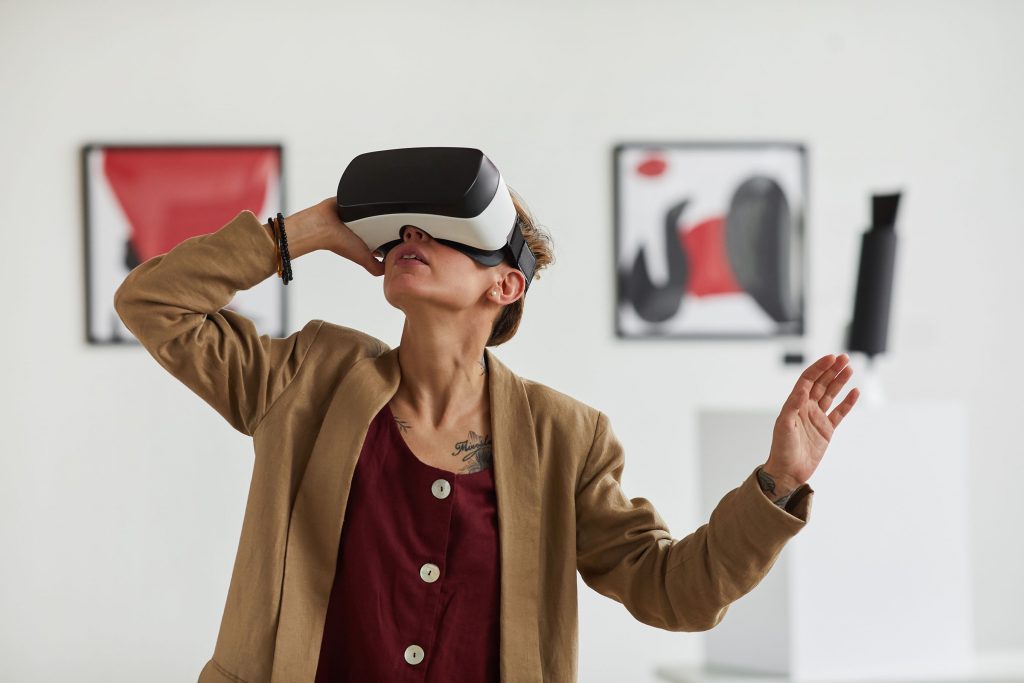5G and Culture: history takes a step toward the future

Why 5g is a revolutionary opportunity for our country, starting with culture.
The Draghi administration’s recent announcement that it intends to allocate – via the PNRR – most Next Generation EU resources to the digital transition makes it clear that digitalization has become a cornerstone for the country’s recovery and an integral part of the reforms the government has planned to modernize production systems and improve the lives of citizens and public administrations.
The pandemic has sped up this process, making everyone aware of the need to swiftly build the appropriate digital infrastructure to keep up, and of the need for ultra broadband and 5G communication networks.
The use of technologies like 5G can truly be a driving factor in several sectors, even beyond the moment we are going through now.
In some – like, for example, the cultural sector, which is, in certain aspects, paradoxically still linked to a traditional way of thinking – the effects could actually be faster, in terms of use and setup. Let’s take a moment to imagine a scene: you’re walking into a place of art, looking around, reading about its history and imagining what significance that place had in the past, what it went through and the value it carries with it. Now let’s imagine adding a technological aspect to all of this, suddenly catapulting that place of art into the present. We can not only imagine, but actually experience the place, its main players, its significance, its beauty. The place is reborn and incredibly comes to life, without losing its essence – on the contrary, its testimony, elegance, and wonder become even easier to appreciate.
The result – says Michelangelo Suigo – is a new way of experiencing art, which allows a wider range of people to come into contact with culture. Above all, it can engage younger people by using “embedded” tools in digital natives. It can also provide an experience to people that would perhaps never be able to visit that place, for a number of reasons.
For this transformation to occur, however, we need indoor wireless connections that are as efficient as outdoor connections, otherwise this innovative push will be no more than an impressive announcement on paper. The goal must be twofold: to bring signal where there is none, and to provide better quality signal in heavily-trafficked structures. These systems, if installed in museums, for example, will allow us to experience culture in a completely new way – immersive, innovative and, above all, participatory.
Once again, technology – as in the times of Marconi’s radio – is shortening the distances between people and places, making it the real star of a new cultural renaissance.